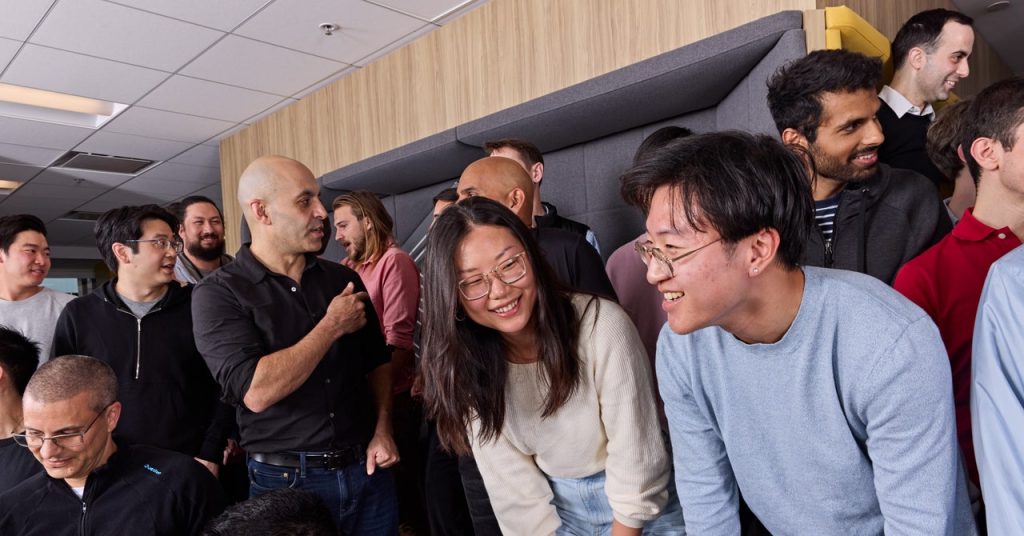Databricks Unveils DBRX: A Groundbreaking Open Source Language Model
In a momentous achievement, the team at Databricks, led by Jonathan Frankle, has created DBRX, a state-of-the-art open source language model that surpasses its competitors and rivals even the renowned GPT-4. After months of tireless work and a $10 million investment, the final test results left the team in awe, celebrating their success with cheers and applause.
Setting a New Standard
DBRX outperformed every other open source language model across various benchmarks, including general knowledge questions, reading comprehension, logical puzzles, and code generation. Frankle shared his excitement, stating, “We’ve set a new state of the art for open source LLMs.” Surprisingly, DBRX also came close to matching the performance of OpenAI’s GPT-4, widely considered the pinnacle of machine intelligence.
The Open Source Movement
By open-sourcing DBRX, Databricks is contributing to a growing movement that challenges the secretive approach of prominent companies in the generative AI boom. While OpenAI and Google keep their models closely guarded, rivals like Anthropic, Meta, and Databricks are embracing transparency and collaboration. Databricks invited WIRED to witness the final stages of the multimillion-dollar training process, providing insights into the complexities and challenges of building a leading AI model.
The Science Behind DBRX
DBRX is a neural network that has been trained on vast amounts of text data. It is based on the transformer architecture, a revolutionary invention by a team at Google in 2017. The model’s performance is not solely determined by its size but also by the quality and preparation of the data it is trained on. Databricks has kept the specifics of their data set confidential, emphasizing its importance in achieving model quality.
Efficiency and Innovation
DBRX incorporates an architecture known as “mixture of experts,” which activates only specific parts of the model depending on the query. This approach makes the model more efficient to train and operate, requiring less energy and responding more quickly to queries. Databricks also made tweaks to improve the model’s utilization of the underlying hardware, resulting in a 30 to 50 percent improvement in training efficiency.
Balancing Risks and Benefits
The release of DBRX has sparked discussions about the potential risks and benefits of open source AI models. While some experts have raised concerns about misuse by malicious actors, others argue that transparency is crucial for understanding and mitigating risks. Databricks has conducted safety tests on DBRX and plans to continue probing it to ensure its responsible use.
Oftentimes, there’s no particular reason to believe that open models pose substantially increased risk compared to existing closed models.
Stella Biderman, executive director of EleutherAI, emphasizes the importance of open AI research in accelerating scientific progress and supporting startups and small businesses. Databricks hopes that DBRX will not only provide a valuable resource for other researchers but also contribute to a deeper understanding of how AI works.
As the AI landscape continues to evolve, Databricks’ groundbreaking achievement with DBRX marks a significant milestone in the open source movement. With its impressive performance and commitment to transparency, DBRX is poised to shape the future of AI development and drive innovation across various domains.

4 Comments
DBRX taking over the open source AI scene? Let’s hope it knows the difference between help and havoc!
Sapphire: If DBRX can’t brew me a perfect cup of coffee, we’ve still got the upper hand, folks!
DBRX as the most powerful? Let’s make sure it can’t plot world domination on its weekends off!
DBRX better not become too smart, or we’ll all be working for it 😉